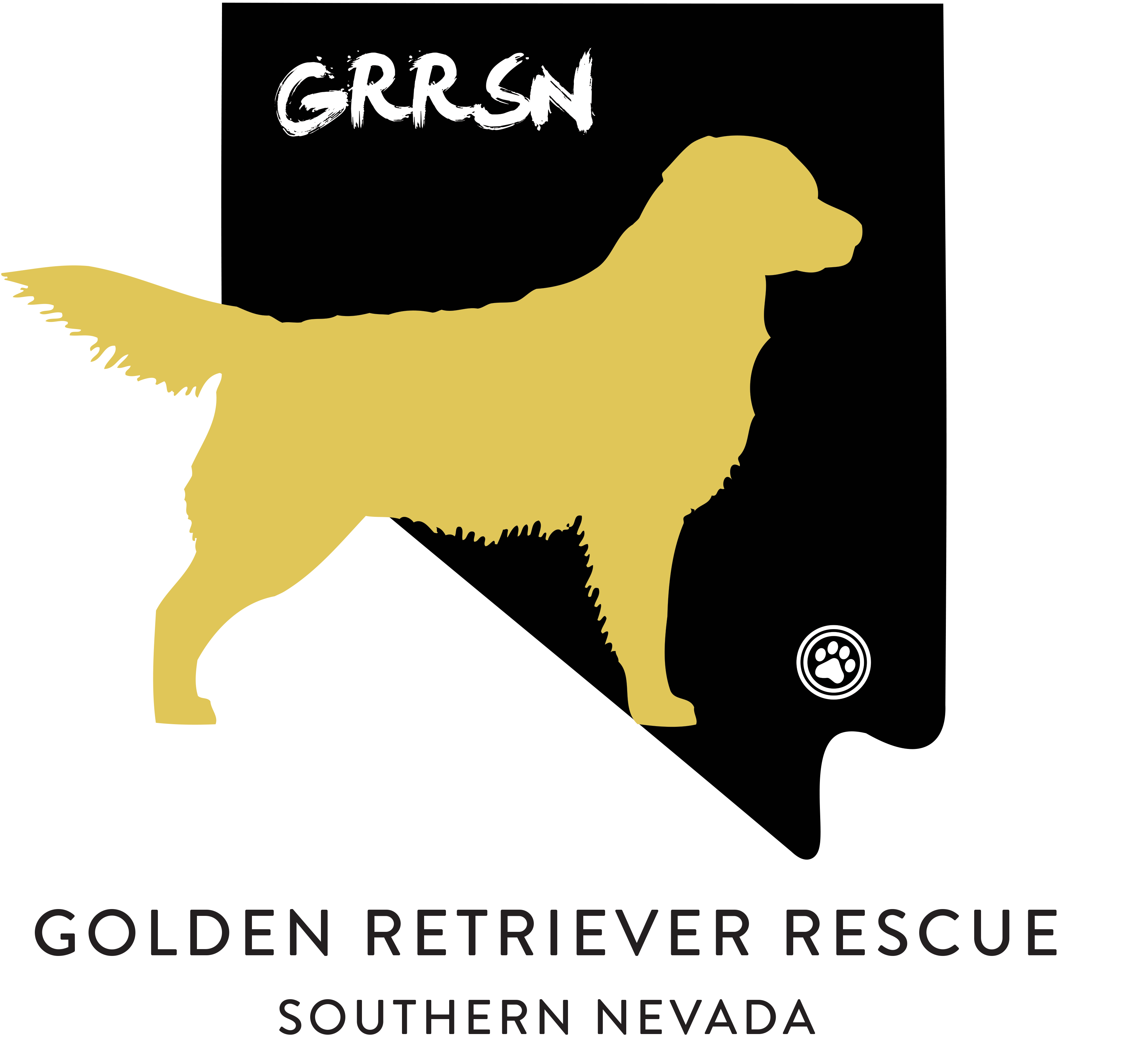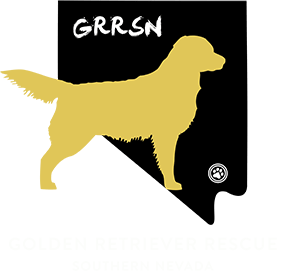Twiggy The 33# Golden Goes to the Vet
Well off we went today to see Dr. Hicks, the first thing he did was test for diabetes – negative! He then did an ultra sound of her abdomen and determined that the walls of her intestines were thickening, he said that could be cancer but did not see any masses, yeah!
He drew blood and took a stool sample and we should have those results tomorrow morning.
Other possibilities could be Exocrine Pancreatic Insufficiency, (see below), but Twiggy doesn’t seem to fit that profile. Could just be malnutrition…
The good news is this tooth that we were concerned about, is fine and doesn’t need to be extracted. It was just a whole lot of tarter built up and then had “pitted”.
After seeing the vet today and finding out that she is not contagious, she is now out of her isolation room and has met all of our pets. Of course she gets along with everyone, even the cats!
Below is some information of EPI if you are interested…
In order to fully understand the nature of the condition known as Exocrine Pancreatic Insufficiency (EPI)—also known as maldigestion—it is necessary to first learn what role the pancreas plays as a vital organ in our bodies. Understanding EPI will also be clearer if the meanings of enzymes, atrophy and autoimmune are first learned.
What is the Pancreas?
The pancreas is a glandular organ located under to the stomach and next to the upper portion of the small intestine (duodenum). The pancreas is responsible for two major functions crucial to the digestion of the food we eat. The first function is performed by the endocrine pancreas. The endocrine pancreas secretes the hormones insulin and glucagon which are constantly regulating the levels of sugar in the bloodstream. The exocrine pancreas produces and excretes enzymes used for digestion. Enzymes are proteins that help break down the food we eat so it can then be absorbed by our intestines. For example, lactose is the sugar found in milk. Lactase is the enzyme needed to break lactose into two simpler sugars (galactose and glucose) that can now be absorbed into our body and utilized. People with low levels of lactase are called “lactose intolerant,” a term familiar to most people due to all the television commercials pushing lactose-free milk and dairy products.
What happens during Canine EPI?
When a dog suffers from the condition Exocrine Pancreatic Insufficiency, its pancreas fails to excrete enough of the digestive enzymes needed for proper digestion of food. Some of the enzymes are: lipases, to digest fats; amylase, to digest starch/sugars; and proteases, to digest proteins. Even though the dog is eating enough food, and in many cases much more than enough, it is literally starving. Without enzymes to break down the food eaten, nutrients cannot be absorbed. If they can’t be absorbed, they can’t be utilized by the body. Owners are feeding their dog plenty of food so they can’t imagine why the dog is severely malnourished and wasting away.
Symptoms of EPI
Noticeable weight loss, but most often without loss of appetite
Increase in appetite
Loud, rumbling sounds in the abdomen
Increased gas or flatulence
Diarrhea
Grey-colored, very smelly, oily-looking stools, due to the high amount of fats in the waste.
Dry, flaky skin
Dry-looking coat
Weak, lethargic behavior
Causes of EPI
The most common cause of EPI is pancreatic atrophy. Atrophy is wasting, or a decrease in size of an organ or tissue. Pancreatic atrophy is when this wasting away happens to the pancreas. It is thought to be an inherited condition, but is not present at birth, or congenital. It usually appears in young adult dogs, ages 4-5.
Since pancreatic atrophy is thought to be genetic, it is the responsibility of the breeder to not breed a dog known to have it. EPI is only one problem that occurs with a shrinking pancreas, and there is no cure, only lifelong treatments and expenses.
Another cause of EPI can be from recurring bouts of pancreatitis, or inflammation of the pancreas. Each time the dog gets pancreatitis, small portions of the pancreas can become permanently damaged from scarring or necrosis (tissue death). The more damage done, the greater the risk of EPI occurring.
Treatment
Treatment consists of supplementation with pancreatic enzymes. Your vet may provide guidance on how much to use, based on the results of the cTLI test, however, there is often quite a bit of experimentation involved to get the amount just right, and to find the right food. The enzyme must be added with each meal (it does not stay in the body but is digested with the food). Without the enzyme, your dog is starving as s/he passes anything it eats through her/his system – basically undigested. Hence, the large cow-pie poops and the weight loss.
Food






